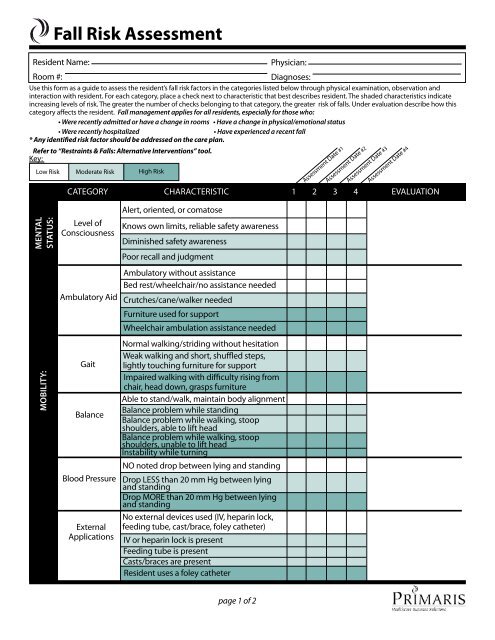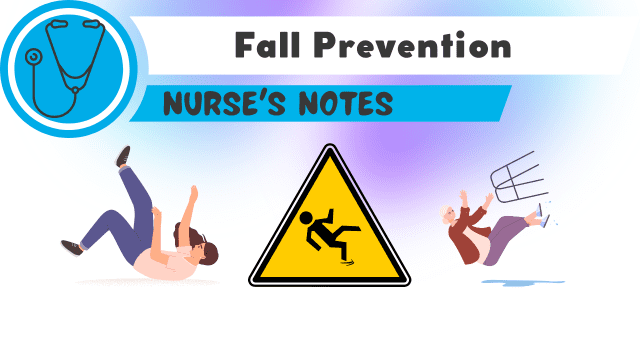Excitement About Dementia Fall Risk
Excitement About Dementia Fall Risk
Blog Article
Fascination About Dementia Fall Risk
Table of ContentsThe 10-Minute Rule for Dementia Fall Risk8 Easy Facts About Dementia Fall Risk DescribedExamine This Report on Dementia Fall RiskSome Known Factual Statements About Dementia Fall Risk
An autumn threat assessment checks to see how most likely it is that you will certainly drop. It is mainly provided for older grownups. The assessment usually consists of: This includes a series of concerns about your overall health and if you've had previous drops or issues with equilibrium, standing, and/or walking. These tools evaluate your strength, equilibrium, and gait (the means you walk).STEADI includes testing, analyzing, and treatment. Interventions are referrals that may lower your danger of dropping. STEADI includes 3 steps: you for your threat of succumbing to your danger aspects that can be improved to try to avoid drops (for example, equilibrium problems, damaged vision) to reduce your danger of dropping by using effective techniques (for example, supplying education and learning and sources), you may be asked a number of concerns consisting of: Have you fallen in the past year? Do you really feel unsteady when standing or strolling? Are you fretted concerning dropping?, your supplier will certainly examine your strength, equilibrium, and stride, using the complying with autumn assessment tools: This examination checks your gait.
Then you'll take a seat again. Your copyright will examine for how long it takes you to do this. If it takes you 12 seconds or even more, it may suggest you go to higher danger for a fall. This test checks toughness and balance. You'll rest in a chair with your arms went across over your upper body.
The placements will certainly get tougher as you go. Stand with your feet side-by-side. Relocate one foot halfway forward, so the instep is touching the large toe of your various other foot. Move one foot totally before the various other, so the toes are touching the heel of your various other foot.
The Basic Principles Of Dementia Fall Risk
A lot of falls occur as an outcome of several adding aspects; as a result, taking care of the danger of falling starts with identifying the variables that add to fall threat - Dementia Fall Risk. Some of one of the most relevant risk variables consist of: History of prior fallsChronic clinical conditionsAcute illnessImpaired gait and equilibrium, lower extremity weaknessCognitive impairmentChanges in visionCertain risky medications and polypharmacyEnvironmental elements can also raise the danger for drops, consisting of: Inadequate lightingUneven or damaged flooringWet or unsafe floorsMissing or damaged hand rails and get barsDamaged or improperly equipped devices, such as beds, wheelchairs, or walkersImproper use assistive devicesInadequate guidance of individuals staying in the NF, consisting of those that exhibit aggressive behaviorsA successful fall danger management program requires an extensive scientific analysis, with input from all participants of the interdisciplinary team

The treatment plan need to likewise include treatments that are system-based, such as those that promote a secure atmosphere (appropriate illumination, handrails, get bars, and so on). The effectiveness of the treatments must be evaluated regularly, and the treatment strategy changed as necessary to reflect changes in the autumn risk evaluation. Executing an autumn danger monitoring system using evidence-based best technique can minimize the prevalence of falls in the NF, while restricting the capacity for fall-related injuries.
Dementia Fall Risk Things To Know Before You Get This
The AGS/BGS standard suggests evaluating all adults aged 65 years and go to the website older for autumn danger yearly. This screening is composed of asking individuals whether they have fallen 2 or more times in the past year or sought clinical attention for a loss, or, if they have not dropped, whether they feel unsteady when walking.
People that have actually dropped once without injury ought click to find out more to have their equilibrium and stride examined; those with gait or balance irregularities must get additional evaluation. A background of 1 fall without injury and without stride or equilibrium troubles does not necessitate further evaluation beyond ongoing yearly loss threat testing. Dementia Fall Risk. A fall threat evaluation is called for as component of the Welcome check my blog to Medicare evaluation

Dementia Fall Risk for Beginners
Documenting a drops history is one of the quality signs for autumn prevention and management. copyright drugs in particular are independent forecasters of falls.
Postural hypotension can typically be reduced by reducing the dosage of blood pressurelowering drugs and/or quiting drugs that have orthostatic hypotension as an adverse effects. Use above-the-knee support hose pipe and copulating the head of the bed elevated may also reduce postural reductions in high blood pressure. The advisable components of a fall-focused physical evaluation are shown in Box 1.

A Pull time greater than or equivalent to 12 secs recommends high fall risk. Being incapable to stand up from a chair of knee elevation without using one's arms indicates enhanced autumn danger.
Report this page